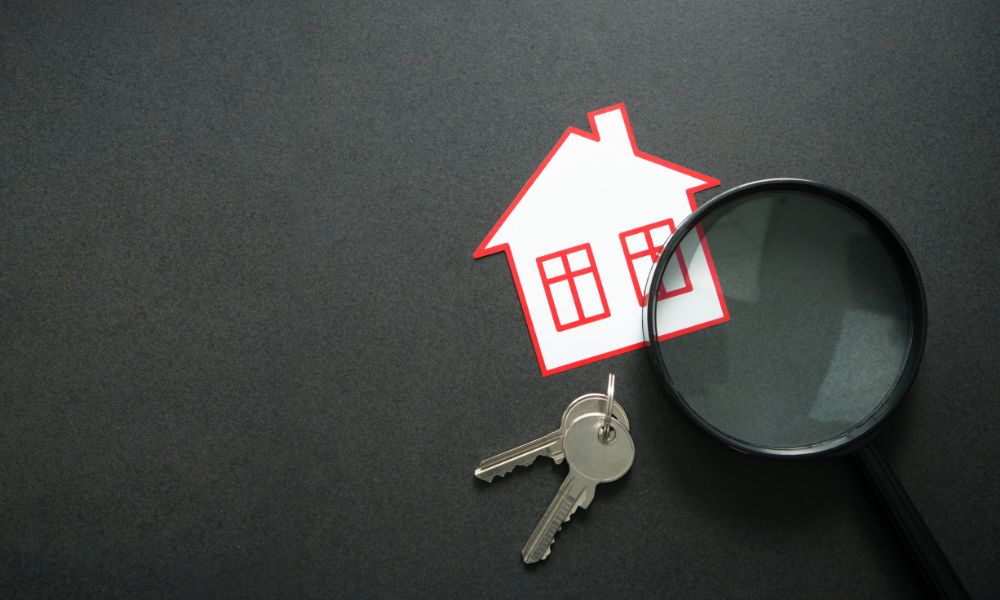Depreciation is one of the most valuable tools available to real estate investors and rental property owners. By understanding how rental property depreciation works, you can take advantage of significant tax benefits, making your real estate investments more profitable.
Rental property depreciation can help you offset rental income, cover operating expenses, and even improve your cash flow. By claiming depreciation, you reduce the amount of taxable income generated by your rental property, which directly affects your overall tax liability. Real estate investors pay close attention to depreciation, as it’s a key factor in long-term financial planning for real estate investments.
But how do you calculate depreciation on a rental property?
The Basics of Depreciation
Residential rental properties are depreciated based on the purchase price of the building (not the land) and any improvements made over time. Depreciation is calculated using the cost basis, which includes the original purchase price plus any legal fees, property taxes paid at closing, and other related costs. The useful life of each depreciable asset is determined by IRS guidelines, which dictate how long you can depreciate different aspects of the property.
While depreciation is a powerful tool, it’s only one of the many tax deductions available to rental property owners. Other deductions include property taxes, rental expenses, and legal fees, all of which contribute to reducing your taxable income. Depreciation, however, offers long-term benefits as it spreads the cost of your investment over several years, unlike other deductions that can be claimed annually.
Contact a Property Manager Today!
Types of Depreciation Methods
Several methods can be used to calculate depreciation, depending on your specific situation and tax strategy. Below are the most common depreciation methods available for rental properties.
Straight-Line Depreciation
This is the most common method used by real estate investors. Straight-line depreciation spreads the cost of your rental property evenly over its useful life. For residential rental property, this means depreciating the building value over 27.5 years. Each year, you can claim an equal depreciation amount, making it the simplest depreciation method.
Declining Balance Depreciation
The Declining Balance method allows for larger depreciation deductions in the earlier years of ownership. While this approach offers a more immediate tax benefit, it gradually decreases over time. It can be useful for those looking to offset higher initial costs like property taxes and operating expenses.
Sum-of-the-Years’ Digits Depreciation
Sum-of-the-Years’ Digits is another accelerated depreciation method that allows for higher deductions in the early years. However, this method can be more complex to calculate compared to straight-line depreciation and may not be as commonly used for rental properties.
Units of Production Depreciation
This method is based on the actual usage or production of the property, rather than time. While it’s not commonly used in real estate investing, it can be applicable for equipment or assets used in connection with rental properties. It’s typically more relevant in industries outside of real estate.
IRS Guidelines for Depreciation
According to the IRS, depreciable property must be used in a trade or business or held to produce income, must have a determinable useful life, and must be expected to last more than one year. For real estate investors, this generally includes residential rental property, commercial properties, and improvements like roofing or HVAC systems.
The most commonly used system for rental property depreciation is the General Depreciation System (GDS), which allows you to depreciate residential rental property over 27.5 years and commercial properties over 39 years. However, some investors may use the Alternative Depreciation System (ADS), which spreads depreciation over a longer period.
How to Calculate Depreciation Using the Straight-Line Method
The straight-line method is the simplest and most commonly used method for calculating depreciation on rental properties. Let’s say you purchase a residential rental property for $300,000, of which $50,000 is the land value. Since land cannot be depreciated, you would calculate depreciation based on the building value of $250,000. Under the IRS’s General Depreciation System, you’ll depreciate this amount over 27.5 years.
To calculate the annual depreciation, divide the building value by 27.5. In this case:
250,000/27.5 = 9,090.91
Each year, you can claim $9,090.91 as a depreciation deduction until the entire value has been depreciated.
How to Calculate Depreciation Using the Declining Balance Method
The Declining Balance Method allows for larger depreciation deductions in the earlier years of property ownership. For a rental property worth $250,000 (after subtracting land value), and you choose to use the 150% Declining Balance Method over 27.5 years. The first year, you would multiply 1.5 times the straight-line rate, which is approximately 3.64% for residential rental properties.
In the first year, your depreciation deduction would be: 250,000 x 0.0546 = 13,650
In subsequent years, the balance reduces, and the calculation is based on the remaining undepreciated value, allowing you to claim smaller deductions each year until the balance is fully depreciated.
Sum-of-the-Years’ Digits Depreciation Method
Sum-of-the-Years’ Digits is an accelerated method that also allows for higher deductions in the earlier years. If you have a rental property worth $250,000 (building value), and its useful life is 27.5 years, you first sum the digits of the years of depreciation. For 27.5 years, the sum would be 379.75.
In the first year, the fraction would be: 27.5/379.75 x 250,000 = 18,112.76
In the second year, the fraction becomes 26.5/379.75, and so on, allowing you to claim decreasing amounts over time.
Units of Production Depreciation Method
The Units of Production Method ties depreciation to the actual usage or production of the asset, which is less common for rental properties but useful for certain equipment. Let’s say you have an appliance in the property that costs $10,000, and its estimated useful life is 20,000 hours of use. In the first year, it was used for 2,000 hours.
To calculate depreciation: 2,000/20,000 × 10,000=1,000
You would claim $1,000 in depreciation for that year. Each year, the depreciation depends on the actual use, which provides flexibility for fluctuating usage patterns.
Depreciation Recapture
When you sell a rental property, depreciation recapture comes into play. This process requires that you pay taxes on the depreciation deductions you’ve claimed during the ownership of the property. The tax rate for depreciation recapture is typically 25%, and this can significantly impact the amount of taxes you owe upon selling the property.
There are, however, ways to minimize the impact of depreciation recapture. One option is utilizing a 1031 exchange, which allows you to defer taxes by reinvesting the proceeds into another similar investment property. This strategy can help real estate investors avoid immediate tax liability while continuing to build their portfolio. Another approach is holding onto the property long-term or passing it on to heirs, as this may reduce the tax burden due to a step-up in basis.
Common Mistakes in Depreciation Calculation
A frequent mistake made by rental property owners is misclassifying property improvements as repairs. Since improvements need to be depreciated over time, incorrectly classifying them as repairs can result in inaccurate tax filings. Additionally, many owners forget to account for partial-year depreciation when a property is purchased mid-year. Instead of taking a full year of depreciation, the IRS requires that you calculate it based on the number of months the property was in service that year.
Software and Tools for Depreciation Calculation
Using software can greatly simplify the process of calculating depreciation for rental properties. Programs like QuickBooks and TurboTax offer built-in depreciation schedules and tools that automatically calculate your deductions based on IRS guidelines. These tools can help you track the annual depreciation on your property, ensuring that you don’t miss out on valuable tax deductions while remaining compliant with tax laws.
Depreciation for Multi-Unit Properties
When it comes to multi-unit rental properties, depreciation can get a bit more complex. Each unit within the property may require separate consideration, especially if some units are used differently. For example, if you live in one unit and rent out the others, you’ll only be able to depreciate the rental portion of the property.
Allocating depreciation among units is crucial for accurate tax reporting. The building’s cost basis and any improvements need to be divided between the units based on square footage or other fair allocation methods. In practical terms, if a four-unit property has a building value of $400,000, and all units are rented, each unit would be allocated $100,000 in depreciable value. This value is again depreciated over 27.5 years for residential rental properties.
Depreciation for Short-Term Rental Properties
Short-term rental properties, like those listed on platforms such as Airbnb, follow slightly different depreciation rules compared to long-term rentals. Since short-term rentals may not meet the standard definition of a residential rental property if rented for fewer than 30 days at a time, different IRS rules apply. For instance, short-term rentals might be classified as non-residential property, which has a longer depreciation period of 39 years under the General Depreciation System.
Depreciation and Real Estate Investment Strategies
By leveraging depreciation, investors can reduce their taxable rental income and improve cash flow, which can be reinvested into other properties or used to cover operating expenses. It also serves as a valuable tool in analyzing property investments, as depreciation deductions affect the overall return on investment. Over time, depreciation can have a long-term impact on your real estate portfolio, especially when planning for property sales, where depreciation recapture comes into play.
Depreciation in International Real Estate Investment
Depreciation rules vary significantly in foreign countries, making it essential for international real estate investors to understand the tax laws of the country where they’re investing. Some countries may not allow depreciation for real estate investments at all, while others may have different depreciation schedules or methods.
Investors also need to consider cross-border depreciation issues, especially when claiming depreciation on foreign properties while filing U.S. taxes. The IRS allows depreciation on foreign real estate, but the rules, including longer recovery periods under the Alternative Depreciation System, differ from domestic property depreciation.
State-Specific Depreciation Rules
Depreciation rules can also vary from state to state within the U.S. While the federal guidelines from the IRS serve as a base, some states have specific tax codes that alter depreciation calculations. For instance, certain states may not conform to federal depreciation schedules or might offer additional tax breaks for real estate investors. When adjusting depreciation calculations, it’s essential to account for these state-level differences to ensure compliance with local tax laws.
Professional Help for Depreciation Calculation
Calculating depreciation can become complicated, especially if you’re dealing with multi-unit properties, cross-border investments, or varying state rules. Seeking help from a tax professional ensures that your depreciation calculations are accurate and comply with all applicable laws.
A tax advisor specializing in real estate can guide you through the complexities, from managing depreciation recapture to maximizing tax benefits. When choosing the right tax advisor, look for someone with experience in real estate investments and a deep understanding of both federal and state-specific depreciation rules.
Unlock the Power of Depreciation for Your Rental Property Success
Mastering depreciation can transform how you manage your rental properties and maximize your tax savings. Whether you’re a seasoned real estate investor or just starting, understanding how to calculate depreciation helps you reduce tax liability, improve cash flow, and boost your long-term returns.
Don’t leave money on the table—ensure you’re making the most of every tax benefit. With the guidance of a tax professional, you can streamline your depreciation strategy and focus on growing your real estate portfolio.






